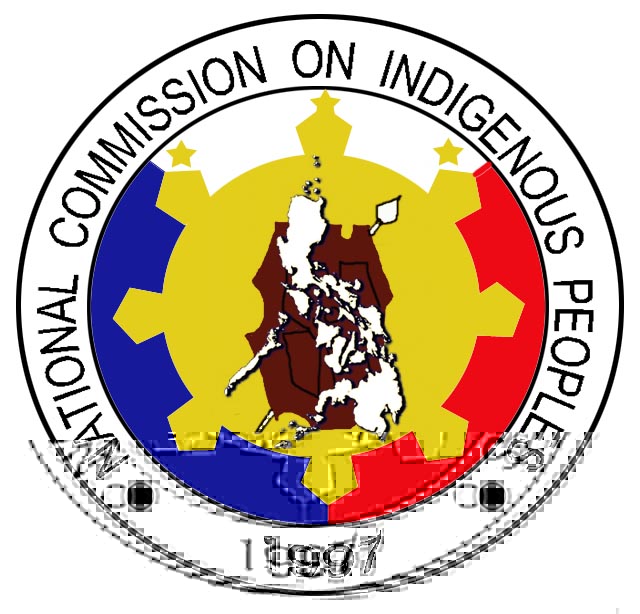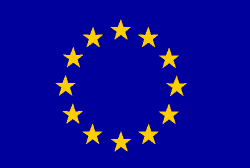The Project Background
The National Integrated Protected Areas Programme or NIPAP is a joint project by the Government of the Philippines and the European Union which aims to promote conservation of nature and sustainable use of natural resources through the establishment of protected areas within the framework of the NIPAS Act.
The operations of the NIPAP will be focused on establishing effective protection and management of the Protected Areas (PAs), with full participation of the local communities, in 8 priority PAs in the Philippines.
The project has a duration of 5 years and is financed through a grant from the European Union with a progressively increasing contribution from the Philippines from the third year onwards.
Overall Objective
The overall objective of NIPAP is to help protect, conserve, and manage natural habitats and biodiversity in eight selected Protected Areas in the Philippines.
Specific Objectives
- Ensure effective protection and management of biodiversity and natural habitats
- Enhance the capabilities of the DENR staff and local communities for sustainable management of the PAs
- Develop and maintain the ecological benefits that the PAs provide to the local communities
- Enhance the wise use of available natural resources
- Contribute to enforcing the NIPAS Act
- Create public awareness for the need to protect ecosystems and biodiversity
- Ensure that the rights of indigenous communities living in and around the Protected Areas are respected
- Ensure that gender issues are given due attention in project planning and implementation
Program Components
- Establishment of Geographic Information System (GIS) and Integrated Data Base (IDB) to provide the necessary information for the review and revision of land allocation, for proper identification of PA boundaries and management zones, and for planning appropriate management programs.
- Execution of ecological assessments and socio-economic surveys and consultations.
- Preparation of a General Management Plan for each PA in accordance with the NIPAS Act and the subsequent implementation and upgrading of the plan.
- Delineation and demarcation of Protected Area boundaries.
- Strengthening skills of the Protected Area management staff and other institutions and stakeholders involved in PA management.
- Promotion of locally identified alternative economic activities to safeguard and upgrade the living conditions and incomes of PA dependent communities.
- Enhancing the effectiveness and sustainability of the Protected Area management and consultation mechanisms foreseen in the NIPAS Act through the provision of training and advice at all levels.
- Helping ensure that all communities living in and around the PAs shall become properly acquainted with the importance of biodiversity protection and sustainable resource management concepts through the implementation of a broad public awareness Programme.
- Provision of the necessary facilities and technical input for overall project planning, operation and management.
Implementation Strategies
- The DENR is the Executing Agency of NIPAP. The project is jointly headed nby a National Co-Director and a European Co-Director who are responsible for the implementation of the project and for the management of project funds according to the project work plan which is approved by the Executive Steering Committee (ESC) and the European Commission.
- The Project Management Unit (PMU) in Manila is responsible for the overall project planning, implementation, coordination, management and monitoring.
- Protected Area Offices (PAO) will be established in each site. Each PAO will be under the supervision of a Protected Area Superintendent (PASU) appointed by DENR, but responsible directly to the PMU for the implementation of project actions. Individual project activities will be implemented either by the PMU directly, or by local communities or non-government bodies under the supervision of the PAOs and the PMU.
- A Protected Area Management Board (PAMB) composed of multi-sectoral groups will be established to encourage the participation of the local communities affected by the establishment of the PAs; and will work closely with the Programme and the Protected Area Office in managing the PAs.











